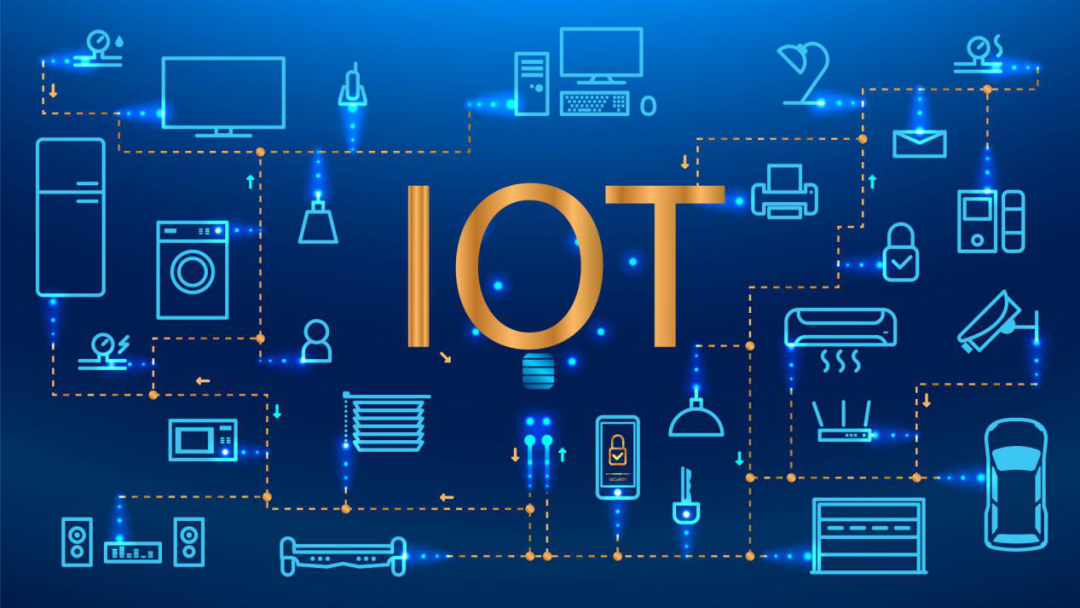
The Internet of Things (IoT) technology has been widely applied in production chains, logistics, agriculture, and other fields closely related to us, providing convenient data management solutions. This technology also holds significant importance in the lighting sector. Whether for outdoor streetlights or indoor home and commercial lighting, IoT technology can make them smarter. In this article, we will explain how IoT smart lighting works in indoor and outdoor scenarios, as well as its functions and advantages.
What is IoT Smart Lighting?
The Internet of Things refers to the interconnection of numerous smart devices to enable data exchange and intelligent control among them. This technology is applied in the lighting field because people are implementing smart home and smart city lighting plans to save energy. IoT smart lighting systems support intelligent control, automated management, data collection, and analysis. It is estimated that by 2029, the smart IoT market size will expand to $39.91 billion, with a compound annual growth rate (CAGR) of 12.2%.
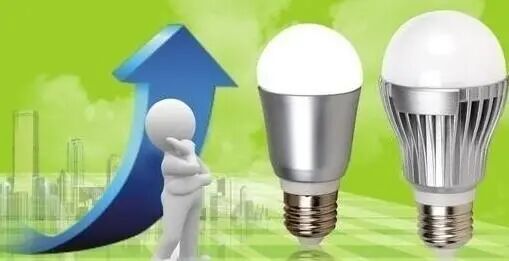 How Does IoT Smart Lighting Work?
How Does IoT Smart Lighting Work?
IoT lighting consists of three components: data collection and sensing components, data transmission components, and management and control hosts. The data collection components in the fixtures typically include photoresistors, motion sensors, GPS systems with digital clocks, etc. The data transmission components include wireless communication modules installed in the fixtures, signal base stations required for certain communication methods, and cloud platforms. The management and control host is one or more terminals, such as computers or mobile phones. The host can have various functional modules, such as controllers, statistical analysis control modules, geographic control modules, profile data control modules, setting control modules, communication modules, etc.
In simple terms, the process of controlling smart fixtures through IoT is as follows:1. Sensors on the fixtures collect information about the surrounding environment and the status of the fixtures, such as light intensity and whether the streetlight is malfunctioning; 2. The data from the sensors is sent to the wireless communication module in the fixture; 3. The communication module sends the data to the cloud platform; 4. The cloud platform automatically sends corresponding instructions to the fixtures based on the received data and preset programs, such as dimming the brightness; 5. The cloud platform also sends the data to the control host so that operators can monitor the fixtures in real-time and send corresponding instructions.
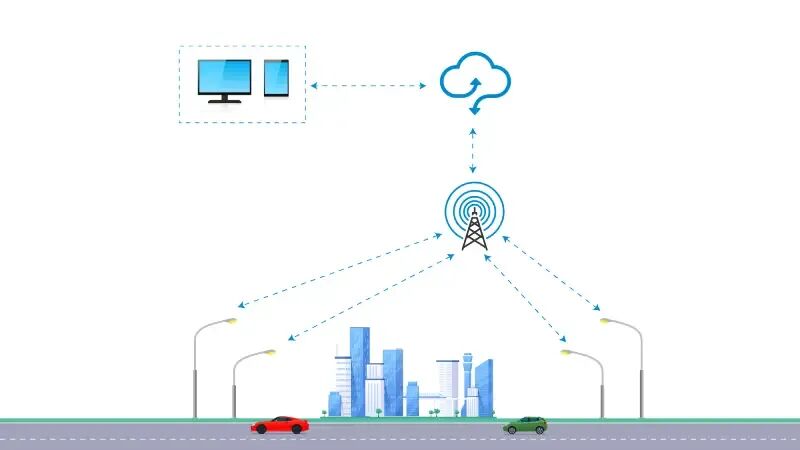 Functions of IoT Smart Lighting
Functions of IoT Smart Lighting
1. Real-time detection and display of the online status of each device; 2. When the gateway device goes offline, the host will receive a problem alert from the system. It can locate the specific location of the fault and report it to the management as soon as possible. This makes device monitoring and fault diagnosis more convenient and controllable; 3. The system can control individual lighting circuits or groups of fixtures; 4. With the smart IoT lighting system, the switch of the load (fixtures) can be set to turn on or off only when the AC voltage crosses zero. This can effectively reduce electromagnetic interference and extend the lifespan of the fixtures; 5. It supports precise dimming from 0% to 100%. For aging fixtures, the system can provide remote control of compensation rates to maintain constant brightness; 6. By presetting local latitude and longitude information, the system can automatically calculate the sunrise and sunset times each day. According to the astronomical clock, the lights will turn on at sunset and turn off in the morning; 7. When the host system fails or a module goes offline, the driver module can use its own RTC clock to maintain normal timing control.
Advantages of IoT Smart Lighting
1. Energy-saving: Smart lighting can improve energy efficiency at a low cost while making lighting control more convenient and flexible. Roughly speaking, the system can save 30% to 50% of energy;2. High reliability: Smart lighting solutions can provide important data on energy usage, lighting patterns, and occupancy rates. This allows operators to develop accurate management and maintenance plans;3. Enhanced resident experience: Advanced lighting systems can create different lighting scenes for various activities, significantly improving work comfort and productivity. A report from the University of Birmingham indicates that lighting is one of the main factors affecting workplace comfort. Using smart systems can keep lighting appropriate and easy to adjust.
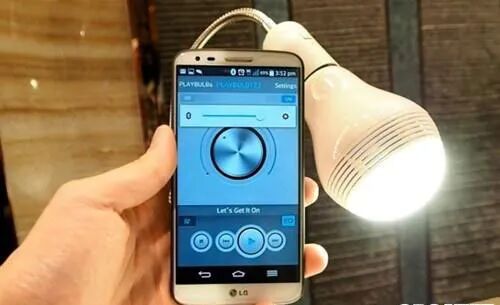 What is IoT Street Lighting?
What is IoT Street Lighting?
In this article, we will discuss smart street lighting systems using NB-IoT systems. This system is a remote real-time monitoring system with a single fixture as the control unit. While ensuring road lighting safety, the system adjusts the power of individual fixtures at specific times to save energy and extend the lifespan of the fixtures. The streetlight monitoring system uses Geographic Information Systems (GIS) to construct an overall layout and integrates information such as fixture types and wattages on the GIS. The main functions of the system are to switch and dim urban streetlights and detect the real-time status of the lights.
Economic Benefits
Taking a 3000-meter double-row streetlight system as an example: the distance between lamp posts is 30 meters. Each lamp post is equipped with a 400W vehicle lighting lamp and a 250W non-vehicle lighting lamp. There are a total of 200 lights on the road. The lights turn on at 19:30 and turn off at 7:00, with a total daily lighting time of 11.5 hours. After adopting smart streetlight control, the switching mode can be set arbitrarily. Here we calculate the power for the following modes:
Full brightness: 200×(400+250)=130000W=130KW.
One side lit: 100×(400+250)=65000W=65KW.
400W fixtures on one side lit: 100×400=40000W=40KW.
When individual 400W and 250W fixtures are lit alternately: 100×(400+250)/2=32500W=32.5KW.
250W fixtures on one side lit: 100×250=25000W=25KW.
All night full brightness: 130KW, daily 1495kWh, annually 550000kWh.
Full brightness at midnight, the other half one side lit: 130→65KW, daily 1040kWh, annually 380000kWh.
Full brightness at midnight, the other half 250W fixtures one side lit: 130→25KW, daily 760kWh; annually 277000kWh.
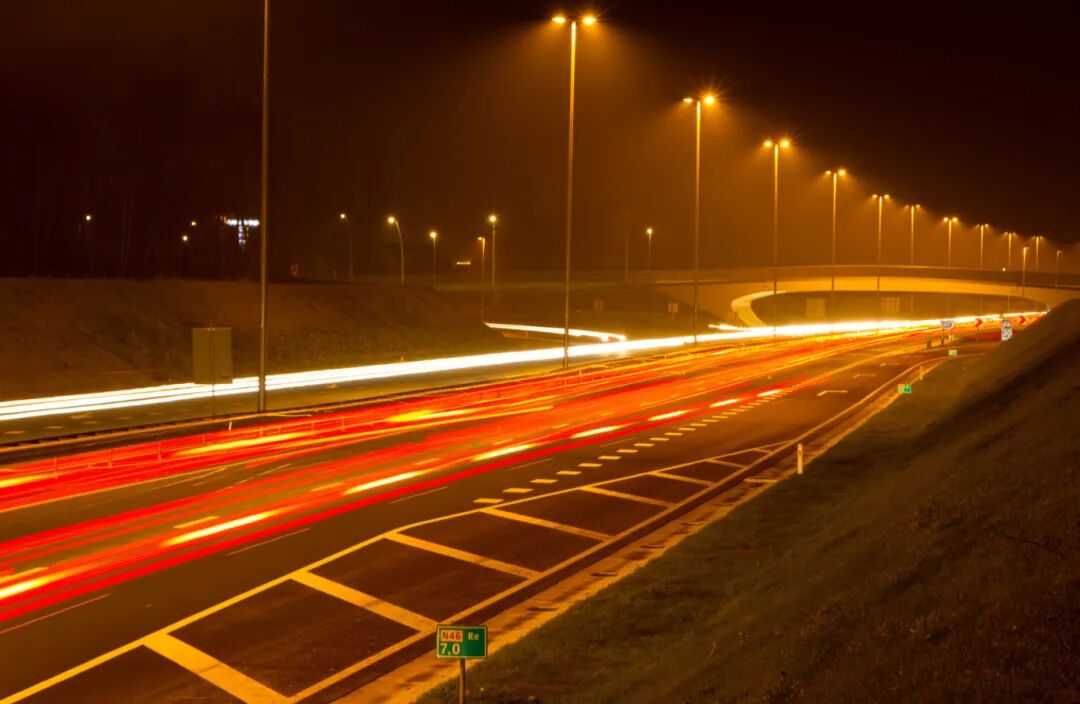 How is IoT Used for Indoor Lighting?
How is IoT Used for Indoor Lighting?
When the IoT smart lighting system is used for indoor lighting, its structure is similar to that of outdoor lighting. However, compared to long-distance communication protocols like LoRaWAN and NB-IoT used for streetlights, indoor lighting can also use low-latency short-distance communication methods, such as Zigbee. With this system, users can remotely control the lights via mobile applications, computer web pages, or software. The smart lighting management platform receives user instructions, processes data, and sends control signals. Smart lighting control terminals, such as dimmers and sensors, connect different types of fixtures and perform corresponding operations. Common functions of indoor smart lighting include:
Residential IoT Smart Lighting
1. It provides personalized lighting solutions based on user age groups, settings, and desired functions, such as scientific lighting for children’s rooms and user-friendly lighting for the elderly. The system also supports creating multiple modes for quick light switching, such as sleep rhythm mode, reading mode, etc.; 2. When you are on vacation or out, smart lighting can ensure home security. Fixtures will automatically turn on and off randomly at set times to simulate the presence of the owner at home; 3. IoT technology can collect data from the lighting system, analyze and process it. It can determine which areas need more lighting based on different activities or modify the brightness and color temperature of the lights; 4. You can remotely monitor and manage the lighting system anytime and anywhere through mobile applications and other methods, as well as check energy consumption and fault information.
Commercial IoT Smart Lighting
1. The system can automatically adjust lighting levels based on individual preferences. For example, lighting can automatically dim or brighten according to employees’ tasks or moods to provide a more comfortable working environment; 2. Lighting can serve as a defense mechanism to prevent unauthorized access. For instance, when surveillance cameras detect suspicious activity, lighting in those areas can be programmed to activate; 3. Smart systems can analyze data from IoT sensors and optimize lighting in real-time. By analyzing historical usage patterns and other external factors, these systems can predict when and where lighting is most needed and adjust accordingly, further reducing unnecessary energy consumption.
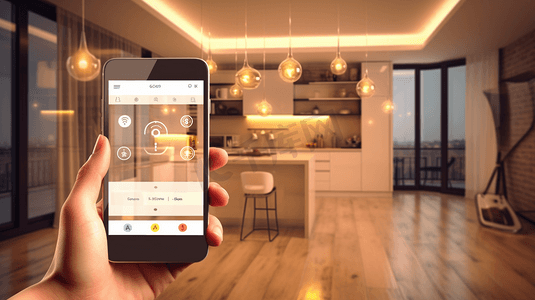
The IoT smart lighting system combines data collection and analysis technology, data transmission technology, and management and control platforms, making lighting more convenient and flexible. When the IoT smart lighting system is used for streetlights, it can save 30%-50% of electricity consumption annually. When used for indoor lighting, it can provide various lighting modes. Using IoT smart lighting is a key step in upgrading lighting.
© Copyright Notice: The content of this article is sourced from CASYOO. This article is published by Lighting Help, and any form of reproduction of the edited version by Lighting Help is prohibited without written consent from Lighting Help. Regarding the content related to the intellectual property of Lighting Help in the published information, no one may copy or use it in any other way. Since some of the published information may not originate from Lighting Help, Lighting Help does not make any express or implied guarantees or commitments regarding the accuracy and completeness of that part of the content. For reprints, please reply “reprint” in the background. If you have any questions, please contact Lighting Help. For any inquiries regarding promotion, recruitment, submission sharing, joining the Lighting Help WeChat group, or project docking, please contact: dengguangbang_cnPrevious Recommendations (Click the links below to view historical articles) Analysis of Architectural and Landscape Lighting Design of St. Vladimir’s Cathedral
Sensory Installation “Reflections”
Light and Shadow Empowering Ecological Beauty! Deyang Jinghu Night Scene Brightens New Brand
RGB vs. RGBW: Which LED is Better? Analysis of 6 Key Differences
High-Quality Ecological Services, Light News Club
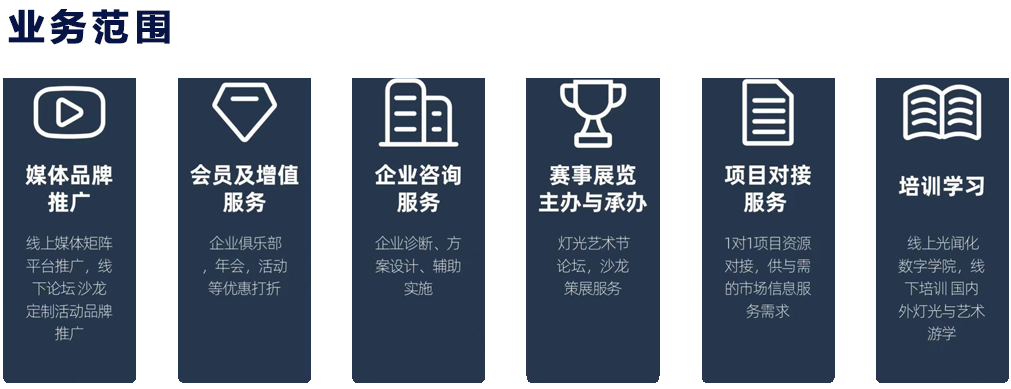
↓↓↓ Friends, please share | save | like | look again, and then go ~